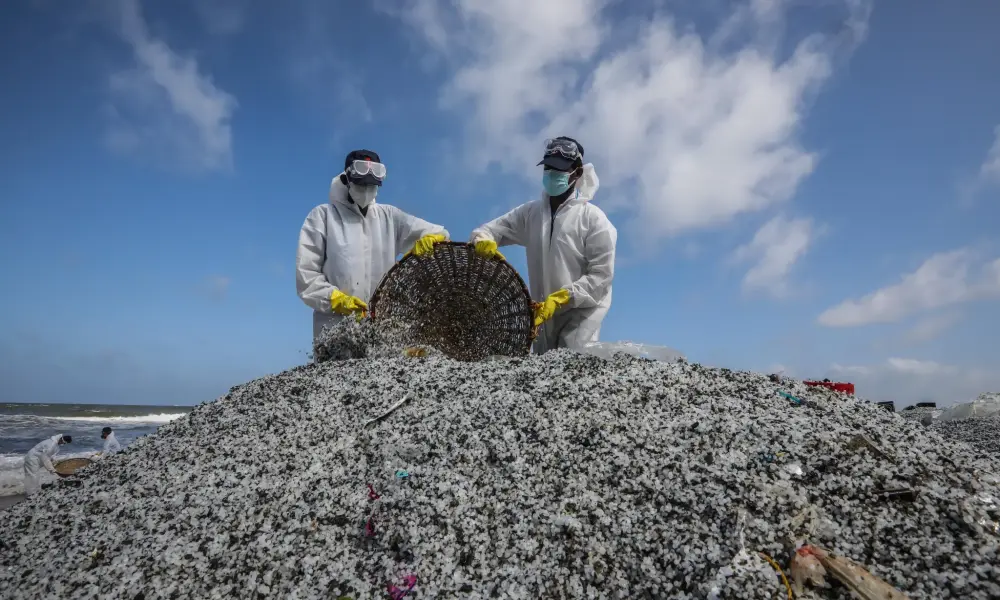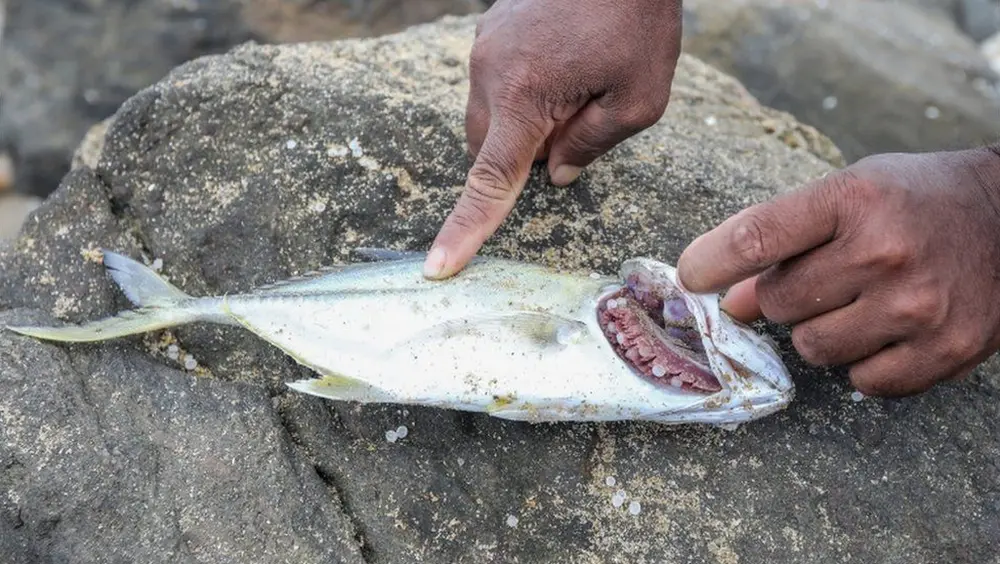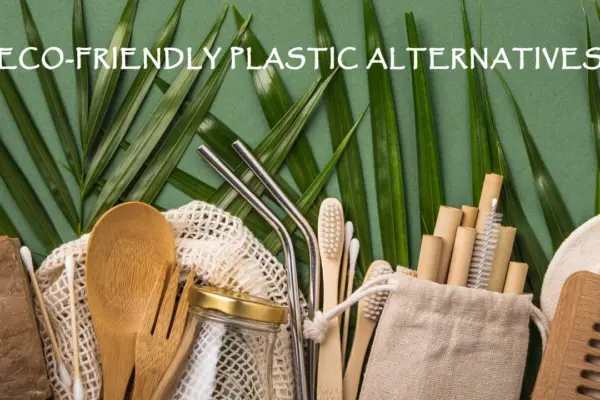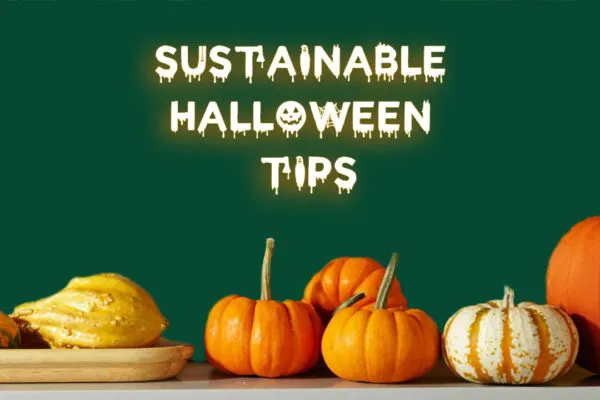Nurdles: Little-Known Toxic Plastic Pellets Polluting Our Oceans
Plastic waste dominates most of the pollution our oceans are enduring and toxic plastic building blocks are the most dangerous among this waste
We, directly and indirectly, contribute a lot to the ocean’s plastic problem. Constant dumping, pumping, spilling, leaking and washing out of trash into the waterways has led to the creation of a highly toxic situation in the marine environment. The biggest ocean polluter is nurdles, something most of us have never heard of.
Nurdles, the informal term for “pre-production plastic pellets,” are the little-known building masses for all plastic products. These tiny bead-like structures are usually made from polyethylene, polypropylene, polystyrene, polyvinyl chloride and other plastics.
These lesser-known culprits are highly toxic in nature. Released from plastic plants or during shipping around the world as a raw material to factories, nurdles will seep into the waterways and contaminate them.

Image: Chamila Karunarathne/EPA
Hannah Griffis, a volunteer for an Illinois-based river cleanup organization called RiverWatch, said;
Once nurdles are in the environment, they can be dangerous to wildlife because they are mistaken for food, often looking like eggs to birds, fish, and crustaceans. After the nurdles are ingested, the animal can feel full, stopping them from eating real food.
Nurdles are tiny, clear, circular pellets that are made from concentrated plastic and can be melted down to make any plastic product. These tiny particles are the second-largest source of micro pollution in marine ecosystems, by weight, after tire dust. Apparently, around 230,000 tons of nurdles end up in the oceans every year.
These harmful particles have not been labeled “hazardous” like kerosene or diesel by the International Maritime Organization (IMO), which is surprising given the fact that the Environmental Protection Agency (EPA) released an extensive report on the impact of nurdles in 1993.
Seemingly harmless, nurdles are considered highly toxic for many reasons: they are made from plastic, their production requires noxious chemicals, emit fossil fuels and wastes resources.

Image: EPA
Moreover, seabirds, fish and other wildlife often mistake them for food owing to their small size and clear color that gives it the appearance of microscopic algae or other food. Once a fish or seabird ingests a nurdle, it can create blockages, causing them to starve and die.
Tom Gammage, from the Environmental Investigation Agency (EIA), an international campaign group, said;
The pellets themselves are a mixture of chemicals – they are fossil fuels. But they act as toxic sponges. A lot of toxic chemicals…are hydrophobic [repel water], so they gather on the surface of microplastics. Pollutants can be a million times more concentrated on the surface of pellets than in the water. And we know from lab studies that when a fish eats a pellet, some of those pollutants come loose.
Like crude oil, they are highly persistent pollutants and will continue to move back and forth with ocean currents and wash ashore for many years. They attract chemical toxins and other pollutants to their surfaces.
Another branch of plastic waste, these tiny particles must be cleared out as much as possible to preserve the marine ecosystems. Unless this issue is addressed in all seriousness, many species face the threat of mass die-offs.
Via: GreenMatters


